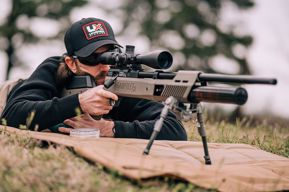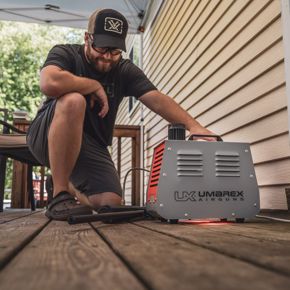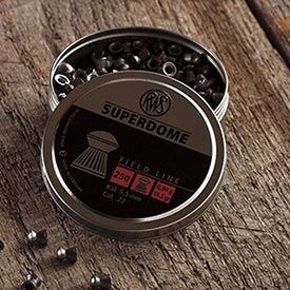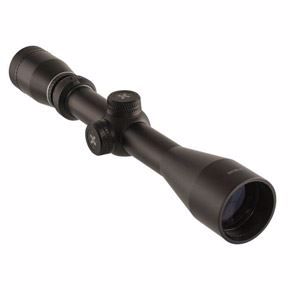It is not uncommon for two products to bear so much in common that the only thing differentiating them is the name on the side. General Motors was famous for this in the 1990s with their cars. However, this does not always hold true. We’ve received some feedback to this end about two of our products, the Ruger Explorer and the Umarex Embark. Are they the same gun? Let’s Embark on an Exploration of the topic.
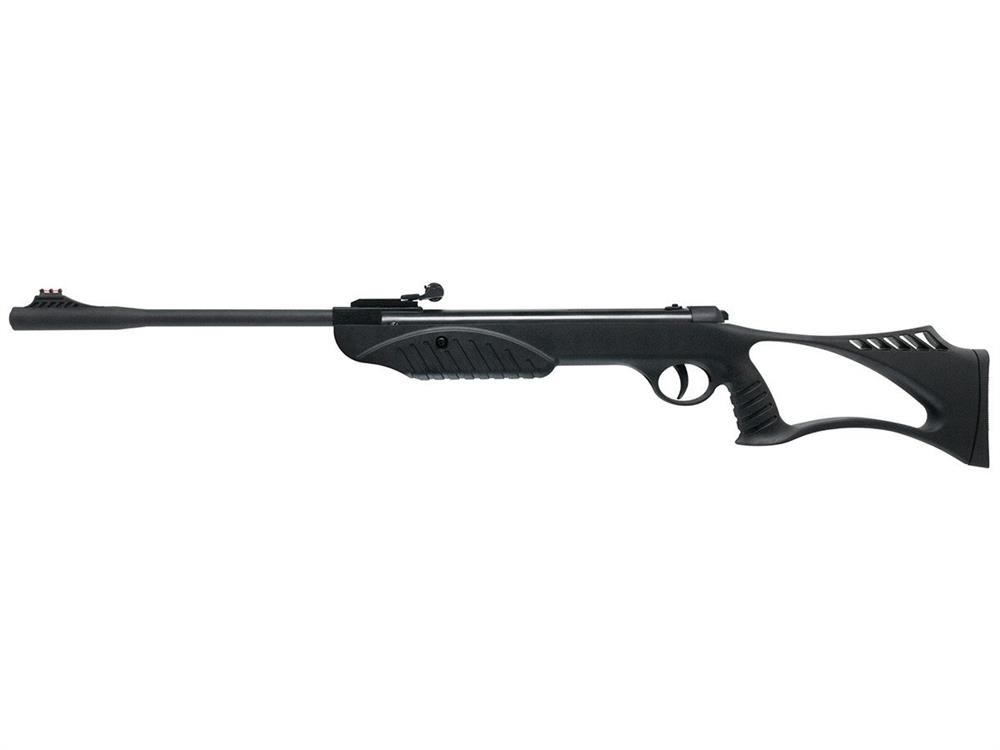 Both the Ruger Explorer and the Umarex Embark guns are designed with a younger shooter in mind. The length of pull for both guns is about 13 inches. This lets a very wide range of shooters find both guns very comfortable. The stock shapes are very similar giving the shooter a comfortable grip as well as a good cheek weld to the stock.
Both the Ruger Explorer and the Umarex Embark guns are designed with a younger shooter in mind. The length of pull for both guns is about 13 inches. This lets a very wide range of shooters find both guns very comfortable. The stock shapes are very similar giving the shooter a comfortable grip as well as a good cheek weld to the stock.
Now let’s talk about what separates the two. Starting at the muzzle we notice that the front sight posts are completely different. The Embark uses a hooded black target post while the Explorer uses a bright fiber-optic element in the blade. Target shooters tend to prefer a black post to any other type of sight as the black stands out best against the target. Backyard plinkers and hunters will gravitate towards a fiber-optic sight as lighting conditions are constantly changing outside. The fiber-optic sights can be visible in both bright mid-day light as well as the low-light of dusk.
Downstream of the front sight is the barrel. There is more than a texture difference here. The Explorer barrel is a two-piece system. This is advantageous to the recreational shooter in that it is much lighter than a full steel barrel. Younger shooters appreciate the light, quick handling of the Explorer, as well. The Embark’s all steel barrel provides a touch more weight to the gun without having an adverse effect on the balance. In fact, the gun balances remarkably well which lets the shooter develop to maintain a steady hold for those tough competitions.
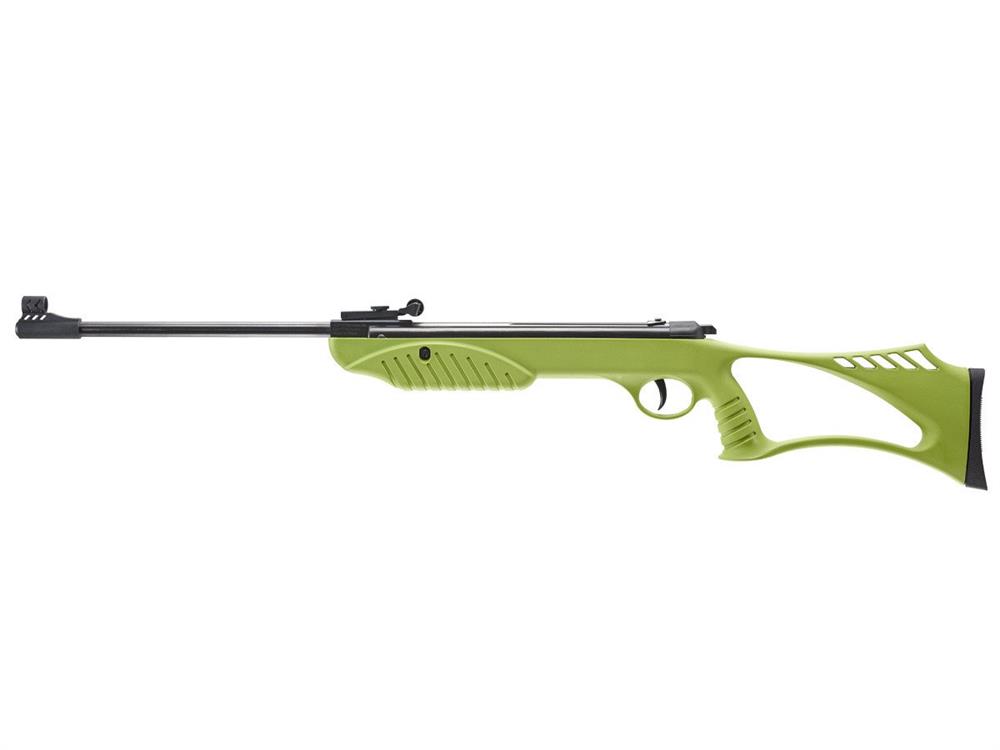 The rear sight arrangements are different based on the needs of the two different audiences as well. The Explorer utilizes fiber optic rods once again to help the shooter make proper sight alignment. The green rear fiber optic rods contrast with the red of the front sight very well. The Embark has, as you may have already guessed, a matte black target sight. Both sights are mechanically similar but very different in appearance and interface. Both rear sights are adjustable for windage and elevation and are easily adjusted on both guns. The high contrast fiber-optic sight on the Explorer is more at home in the field whereas the non-reflective aperture on the Embark is right at home in lighting controlled target ranges.
The rear sight arrangements are different based on the needs of the two different audiences as well. The Explorer utilizes fiber optic rods once again to help the shooter make proper sight alignment. The green rear fiber optic rods contrast with the red of the front sight very well. The Embark has, as you may have already guessed, a matte black target sight. Both sights are mechanically similar but very different in appearance and interface. Both rear sights are adjustable for windage and elevation and are easily adjusted on both guns. The high contrast fiber-optic sight on the Explorer is more at home in the field whereas the non-reflective aperture on the Embark is right at home in lighting controlled target ranges.
Both guns are rated in the same ballpark as far as velocity goes, but the Embark is tuned for the use of a special lead-free pellet supplied by H&N specifically for use in the SAR marksmanship program. This doesn’t mean that the Embark cannot shoot lead pellets, it is just that it tends to shoot the lead free H&N wadcutters best.
This is not a case of one gun being better than the other, but rather that one gun is better suited for an intended us than the other. The Explorer was designed to have a wide range of applications, and it indeed does well as a backyard plinker and small pest eliminator. The Embark was designed to excel at the ten-yard target range. Its special features work hand in hand with target shooters to create a competition shooting experience where the shooter is truly being ranked and not his/her equipment.
If you would like to know more about the SAR shooting program, check out their website at the link below.


